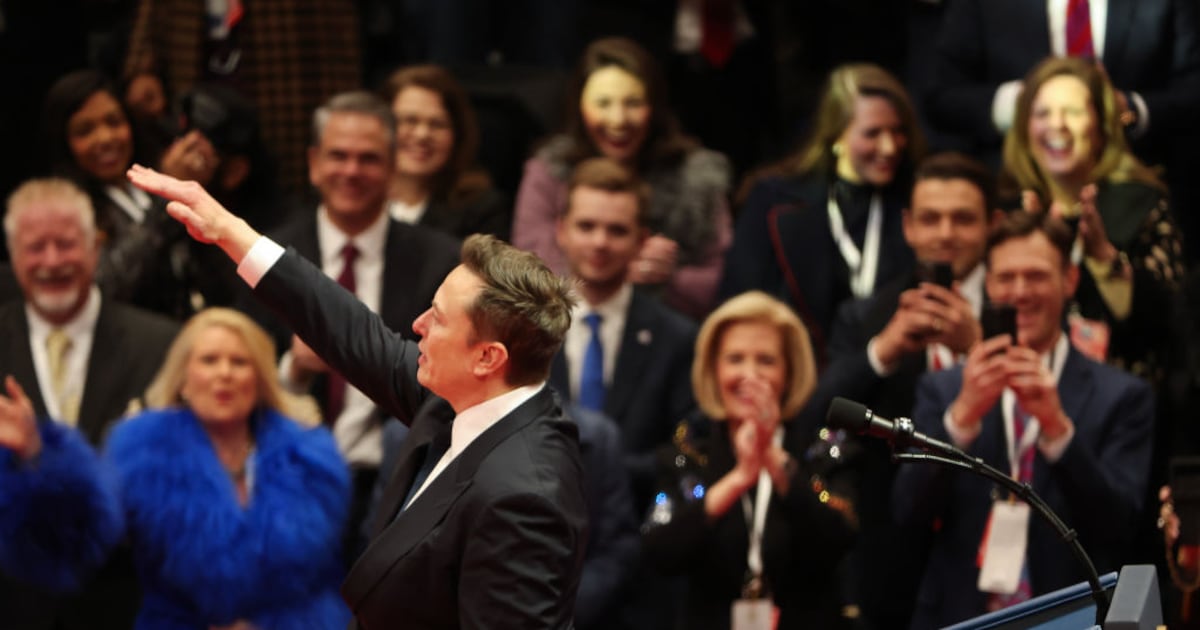While the Western commitment to send tanks to Ukraine was a welcome breakthrough, it should not be seen as a panacea. At this crucial juncture in the war between Russia and Ukraine, the outcome of the conflict is far from clear and it will take at least two major shifts in U.S. and NATO policies to capitalize on the successes achieved by Kyiv during the past year.
The first change required is to recognize that it is time to move toward an even more aggressive approach toward providing Ukraine with weapons, ammunition, and other vital supplies going forward. Welcome and essential as they have been, every provision of new weapons systems thus far has been a painstaking negotiation. Every step along the way toward providing more aid has been greeted by critics echoing Russian warnings that upgraded assistance to Ukraine could lead to potentially out-of-control escalation by Moscow. But that escalation has not happened. Russia’s capabilities have been proven to be far less than touted by them or by Western analysts before the war. They can’t beat Ukraine. They are not going to undertake a war against NATO that would lead to certain, swift disaster for Putin & Co.
We must acknowledge this fact and confidently shift to a different aid footing. For three decades the U.S. has been guided by the so-called Powell Doctrine that states that if we enter a war we should do so with overwhelming force. Providing ourselves with narrow margins of advantage is seen as dangerous… because it is.
As the war has progressed this past year, we have come to realize that the only true threat to NATO and Europe would be for Russia to be able to defeat Ukraine and to get away with its land grab and atrocities in that country. That is what we must avoid at all costs. And the only way to do that is to provide Ukraine with more rather than “just enough” assistance.

Ukrainian servicemen fire with mortars from their position not far from Bakhmut, Donetsk region on Jan. 27, 2023.
ANATOLII STEPANOV/Anatolii Stepanov/AFP via Getty ImagesThe provision of tanks is a case in point. Western governments have debated providing advanced main battle tanks for months. They have dragged their feet—Germany in particular. While front-line states, those sharing a border with Russia and therefore at greatest risk, like Poland and the Baltics, have urged swift provision of the weapons systems and have donated really substantial percentages of their weapons stockpiles to the fight, the bigger nations of NATO have moved slowly.
The recently achieved breakthrough—for which U.S. Secretary of Defense Lloyd Austin deserves major credit—is welcome but also less than meets the eye. Perhaps 105 Western tanks are now pledged. But the 31 U.S. Abrams tanks pledged are unlikely to make their way to Ukraine until late this year. Others will take months. (As will training Ukrainian tank units.) Further, Ukraine has requested at least three times as many such tanks and experts suggest they will need perhaps 500-1,000 to make a real difference in the battle against a Russian army with inferior but many more such tanks.
Now, once again, we are having a discussion about whether to provide Ukraine’s air force with advanced Western fighters. Further delays with these and other needed supplies only play into Russia’s hands.

A man stands among the damage after the morning missile strike on Jan. 26, 2023, in Kyiv, Ukraine.
Yevhenii Zavhorodnii/Global Images Ukraine via Getty ImagesThat is because we have entered the phase of the war in which Russia is playing for a tie—while Ukraine realizes it can only be safe if it plays to win. What that means is that if Russia can hold on to the 20 percent of Ukraine it has already seized and achieve a stalemate on the battlefield, they believe Western resolve to support Ukraine will ultimately fade and the West will push Ukraine into a negotiations that will translate Russian aggression into the permanent, internationally-accepted control of lands they have illegally occupied.
Ukraine on the other hand, realizes that if they wish to reclaim any of those lands, they will need to be able to make the case on the battlefield and at the negotiating table that prolonging the war will only lead to ever greater Russian losses. They need to reclaim land seized by Russia and credibly assert momentum is on their side. And the only way they can do that given the vastly superior size of Russia’s army is with superior weaponry and an absolutely clear commitment from the West that our support will never falter.
Senior U.S. officials have told me that we are nowhere near being able to commence negotiations to end this war because the sides are so far apart. Ukraine, reasonably, wants Russia to exit the country and restore the 2014 borders. Russia wants to keep the gains it has made. That means that the battles being fought during 2023, beginning very likely with a long-expected Russian spring offensive, will be about moving one side or the other off their current intransigent positions as a consequence of gains or losses on the battlefield.
To reduce the threat Russia poses not just to Ukraine but to the West, that means that NATO and other allies of Ukraine must provide the full range of resources necessary for them to reclaim territory in the South and East and send a message to Russia that the longer this war goes on, the weaker their negotiating position will become.
That brings us to the second area in which the Western strategy in support of Ukraine and to reduce the risk posed by a rogue Russia must change. At some point, the current war will come to a halt. It might be a ceasefire. It might be a more comprehensive peace agreement. But given Russia’s history and its serial disregard for past diplomatic arrangements, real lasting stability will require that Ukraine be quickly and successfully rebuilt and integrated into the European and global economy. Ukraine must emerge from this war so much stronger that Russia never dares invade again.

A destroyed building in Bakhmut, Ukraine, on Jan. 25, 2023.
Mustafa Ciftci/Anadolu Agency via Getty ImagesWorryingly, there is no sign that a sufficiently ambitious plan for such a reconstruction effort is in place. Indeed, even providing sufficient financial assistance to keep Ukraine afloat has lagged. Experts and Ukraine’s leaders estimate that rebuilding Ukraine could cost more than $1 trillion. But only a fraction of that has actually been committed.This effort will require greater commitments than the war has to date or is likely to over the course of the year or years ahead. (It is also likely to require significant reparations from Russia which is certain to make Moscow howl.)
Now is the time to develop the plans and put in place the mechanisms and the financing to begin that rebuilding effort just as soon as it is possible.
There is a political component to this as well. Henry Kissinger argued to Davos attendees earlier this month that it was time to recognize that Ukraine should be part of NATO and the EU. This was pretty much a non-starter before the war, not likely to happen despite Russian assertions that they were going to war to stop it from happening. But what Putin did by going to war was to end forever the idea that Ukraine could or should be neutral toward Russia. Putin effectively if unintentionally pushed it into the arms of NATO and the EU whether that is formally acknowledged or not. But given the interests of the countries of the west, it is time to formally acknowledge it. Allowing Putin to dictate limitations on the affiliations Ukraine can or should have by virtue of his use of force would be a further dangerous capitulation.
Providing tanks and the other shipments of advanced weaponry committed to Ukraine in recent weeks is certainly a step forward for Ukraine and for European security. But as we enter the second year of this expanded war, it is time to put behind us old fallacies and excuses to act slowly. It is time to recognize the lessons of the past year and to mobilize to achieve the goal we must share with Ukraine, not because they are valiant and deserve it, but because it is in our core self-interest. We must ensure Russia loses this war and that it is absolutely clear to them that no such aggression can ever again happen along its borders.







